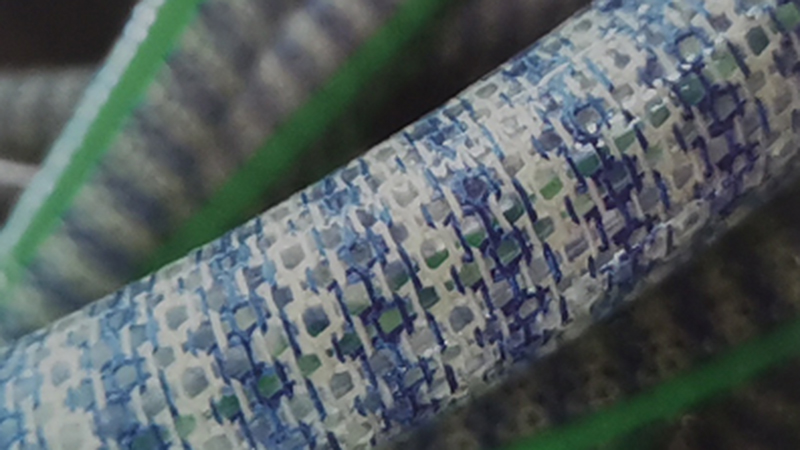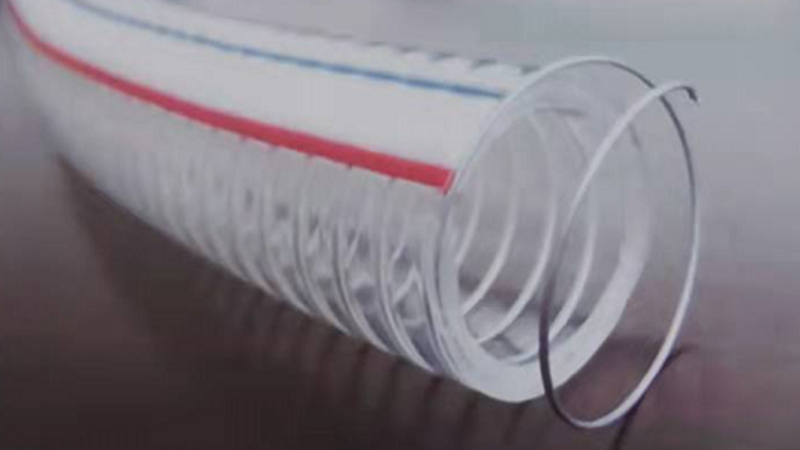(1) In order to ensure that the pipe bottom is in close contact with the foundation and control the axis elevation and slope of the pipeline, PVC-U pipeline shall still be used as cushion foundation. Generally, only one layer of 0.1M thick sand cushion can be made for general soil. For soft soil foundation, when the groove bottom is below the groundwater level, a layer of gravel or gravel with a thickness of no less than 0.15m and a gravel particle size of 5 ~ 40mm should be paved, and a layer of sand cushion with a thickness of no less than 0.05m should be paved on it to facilitate the stability of the foundation. A groove shall be reserved at the connection part of the socket and socket of the foundation to facilitate the placement of the socket, and then backfilled with sand after installation. The axillary corner between the pipe bottom and the foundation must be filled with coarse sand or medium sand to tightly wrap the part of the pipe bottom to form an effective support.
(2) Generally, pipes are installed manually. Pipes with groove depth greater than 3m or pipe diameter greater than dn400mm can be lifted into the groove with non-metallic ropes. When installing the socket pipe, the socket shall be installed along the water flow direction and the socket shall be installed against the water flow direction from downstream to upstream. The length of the pipe can be cut with a hand saw, but the section shall be kept vertical and flat without damage. The installation of small-diameter pipe can be carried out manually. A wooden baffle is set at the pipe end, and the installed pipe is aligned with the axis and inserted into the socket with a crowbar. For pipes with a diameter greater than dn400mm, hand hoist and other tools can be used, but construction machinery shall not be used to forcibly push the pipes in place. The rubber ring shall be easy to operate and the sealing effect of the rubber ring shall be paid attention to. The sealing effect of circular rubber ring is not good, while the sealing effect of special-shaped rubber ring with small deformation resistance and preventing rolling is better. Ordinary bonding interface is only applicable to pipes below dn110mm. The ribbed winding pipe must use the pipe joint and adhesive specially made by the manufacturer to ensure the interface quality.
(3) Flexible interface shall be adopted for the connection between pipeline and inspection well, and socket pipe fittings can be used for connection. Precast concrete collar can also be used for connection. The concrete collar is built in the wall of the inspection well, and the inner wall of the collar and the pipe are sealed with rubber rings to form a flexible connection. The bonding performance between cement mortar and PVC-U is not good, so it is not suitable to build pipes or pipe fittings directly in the inspection shaft wall. The intermediate layer method can be adopted, that is, apply a layer of plastic adhesive evenly on the outer surface of PVC-U pipe, and then sprinkle a layer of dry coarse sand on it. After curing for 20min, the intermediate layer with rough surface can be formed. It can be built into the inspection well to ensure a good combination with cement mortar. For pits, ponds and soft soil areas, in order to reduce the uneven settlement between the pipeline and the inspection well, an effective method is to first connect a short pipe no more than 2m with the inspection well, and then connect it with the whole long pipe, so as to form a smooth transition between the settlement difference between the inspection well and the pipeline.


(4) The flexible pipe for trench backfilling bears the load according to the joint work of pipe and soil. The backfill material and the compactness of trench backfilling have a great impact on the deformation and bearing capacity of the pipeline. The larger the deformation modulus and the higher the degree of compaction of the backfill, the smaller the deformation of the pipeline and the greater the bearing capacity. The design and construction should be carefully considered according to the specific conditions. In addition to the general regulations of pipeline engineering, the trench backfilling must also take corresponding necessary measures according to the characteristics of PVC-U pipe. The backfilling shall be carried out immediately after the installation of pipeline, and it is not allowed to stop for a long time. The backfill materials within 0.4m from the pipe bottom to the pipe top must be strictly controlled. Crushed stone, gravel, medium sand, coarse sand or excavated good soil can be used. When the pipeline is located under the carriageway and the pavement is built after laying, the impact of trench backfilling settlement on the pavement structure shall be considered. The range from the bottom of the pipe to the top of the pipe shall be backfilled and compacted with medium and coarse sand or stone chips in layers. In order to ensure the safety of the pipeline, it is not allowed to tamp within 0.4m above the pipe top with tamping machines and tools. The compaction coefficient of backfilling shall be greater than or equal to 95% from the pipe bottom to the pipe top; More than 80% within 0.4m above the pipe top; Other parts shall be greater than or equal to 90% During construction in rainy season, attention shall also be paid to prevent ponding in the trench and floating of the pipeline.
(5) Closed water test or closed gas test can be used for tightness inspection after pipeline installation. The closed air test is simple and rapid, which is most suitable for the fast construction speed of PVC-U pipeline. However, there is no inspection standard and special inspection equipment at present, which needs to be further studied. The tightness of PVC-U pipeline is better than that of concrete pipeline, and the good rubber ring interface can completely prevent water leakage. Therefore, the allowable leakage of closed water test of PVC-U pipeline is stricter than that of concrete pipeline, and there is no specific regulation in China. The United States stipulates that the leakage of 24h per km of pipeline length shall not exceed 4.6l per mm pipe diameter, which can be used for reference.
Post time: Mar-16-2022

